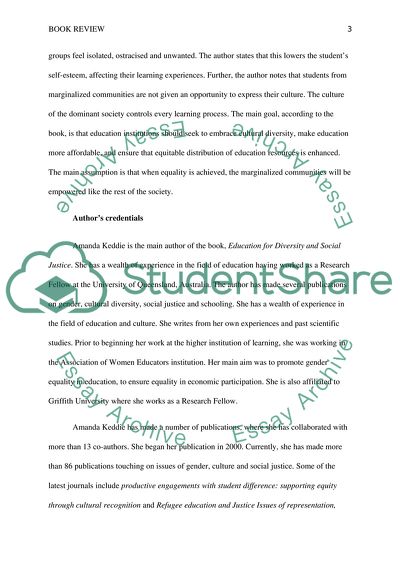Cite this document
(Education for Diversity and Social Justice Book Report/Review, n.d.)
Education for Diversity and Social Justice Book Report/Review. Retrieved from https://studentshare.org/education/1868797-educating-for-diversity
Education for Diversity and Social Justice Book Report/Review. Retrieved from https://studentshare.org/education/1868797-educating-for-diversity
(Education for Diversity and Social Justice Book Report/Review)
Education for Diversity and Social Justice Book Report/Review. https://studentshare.org/education/1868797-educating-for-diversity.
Education for Diversity and Social Justice Book Report/Review. https://studentshare.org/education/1868797-educating-for-diversity.
“Education for Diversity and Social Justice Book Report/Review”, n.d. https://studentshare.org/education/1868797-educating-for-diversity.


